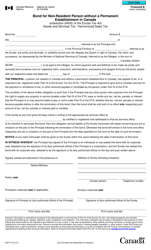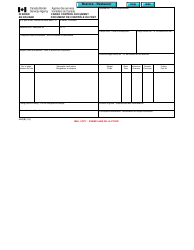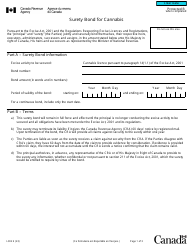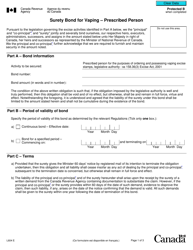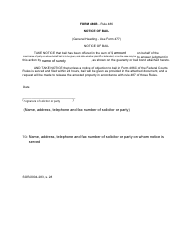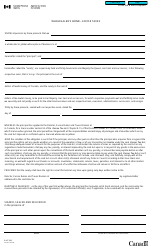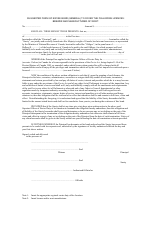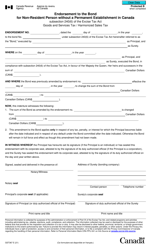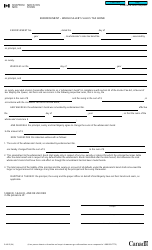Form 486A Bail Bond - Canada
Form 486A, Bail Bond, in Canada is used to secure the release of a person who has been arrested and is awaiting trial. It serves as a guarantee that the accused will comply with all court obligations and appear before the court when required.
In Canada, there is no specific form called Form 486A Bail Bond. The process of posting bail may vary by province or territory. It is best to consult with a Canadian legal expert, a lawyer, or the relevant government agency for detailed information on bail bonds in a specific jurisdiction within Canada.
FAQ
Q: What is Form 486A Bail Bond?
A: Form 486A Bail Bond is a document used in Canada.
Q: What is the purpose of Form 486A Bail Bond?
A: Form 486A Bail Bond is used to guarantee the appearance of a person in court.
Q: Who needs to fill out Form 486A Bail Bond?
A: Form 486A Bail Bond is typically filled out by a surety, someone who agrees to take responsibility for the accused.
Q: What information is required on Form 486A Bail Bond?
A: Form 486A Bail Bond requires information about the surety and the accused, as well as details of the bond.
Q: Are there any fees associated with Form 486A Bail Bond?
A: There may be fees associated with obtaining and filing Form 486A Bail Bond.
Q: What happens if the accused fails to appear in court?
A: If the accused fails to appear in court, the surety may be required to pay the bond amount.
Q: Can Form 486A Bail Bond be used for any type of case?
A: Form 486A Bail Bond is typically used for criminal cases, but it may vary depending on the jurisdiction.
Q: Is Form 486A Bail Bond used in the United States?
A: No, Form 486A Bail Bond is specific to Canada.
Q: Is Form 486A Bail Bond the same as a bail bond in the United States?
A: No, the processes and forms for bail bonds may differ between Canada and the United States.



